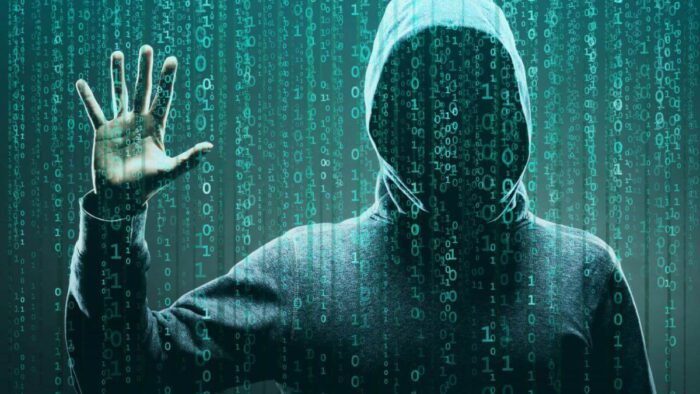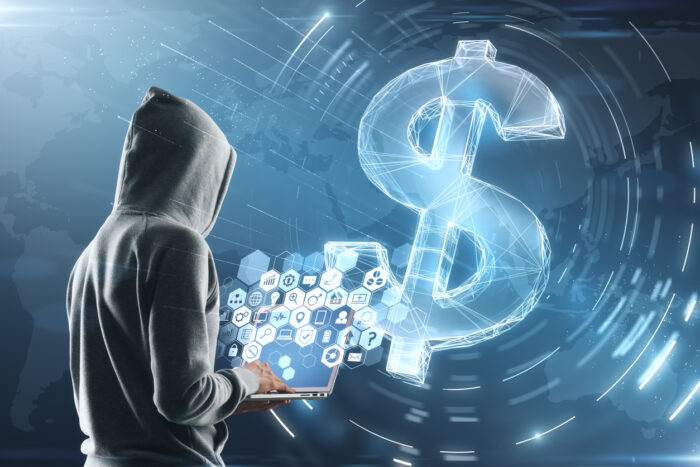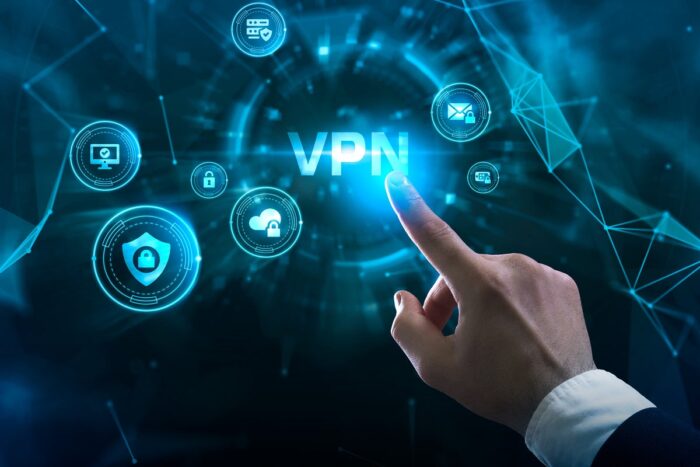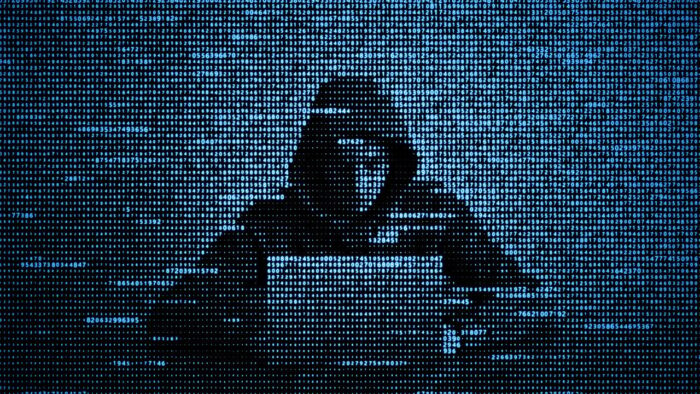
Since the internet came into being, cybercrimes have been on the rise and have become the new normal, affecting millions of people worldwide.
Cybercrimes are extremely risky since they cause a lot of harm, including financial loss, data breaches, and system failures, all of which can affect a company’s reputation.
Cybercrime can be defined as crimes and criminal activity that involve a computer or computer network. A cybercriminal uses their technological skills to carry out malicious activities like cybercrimes.
Although technological advancement has offered many benefits to users and brought convenience into their lives, it has also introduced risks, such as cybercriminals and hackers who have grown more competent in how they steal user’s data.
They also keep themselves up-to-date and look for ways to steal confidential data for malicious activities.
Although the fact that cybercrimes are on the rise should be a cause of concern for many users, and they should try and stay vigilant to protect their data and privacy, the good news is that there are various preventative measures you can take to protect your data from getting into the wrong hands.
The first step is to gain awareness of the different types of cybercrimes and the consequences that result from them.
This in-depth guide will detail how to protect yourself against cybercrimes and what laws have been passed to curb this issue. So, if you’re ready, let’s begin.
What Are The Different Types Of Cybercrimes?

There are different kinds of cybercrimes, which include:
1) Malware
Malware is malicious software specifically created to infect and compromise devices and networks. Malware includes spyware, ransomware, viruses, worms, and trojans, compromising your devices and confidential data.
2) Phishing
Phishing is a social engineering technique that tricks users into sharing sensitive and confidential information. The attacker can ask the victim to share personal data, pretending to be a person of authority or someone they trust.
They carry out Phishing scams through deceptive emails, messages, and websites and trick users into revealing login credentials or financial details.
3) DDoS Attacks
DDoS (Distributed Denial Of Service) Attacks overload the target’s computer system or network with traffic, making it unavailable to users.
DDoS Attacks are carried out by botnets, internet-connected devices that run one or more bots. Botnets are used to perform DDoS, steal sensitive data, and send spam.
4) Man In The Middle Attacks
Man In The Middle Attacks is a type of cyberattack where unauthorized third parties intercept and eavesdrop on the communication between two parties.
Once the attacker intercepts the data between the two parties, they can decrypt or modify it depending on their goal. These attacks are a real threat to security.
5) Identity Theft
Identity theft is a prevalent cybercrime. Cybercriminals gain unauthorized access to a person’s confidential data, such as their Social Security numbers, credit card details, banking details, and other personal information, to partake in fraud and other criminal activities.
6) Hacking
Cybercriminals can hack into user’s computer systems or networks to steal and compromise their data. If the cybercriminals have the skills, they can hack emails, corporate servers, and social media profiles.
There should be robust security measures as they enable malicious actors to carry out data breaches, including unauthorized access to databases and systems that include healthcare, financial, and personal data.
What Are The Consequences Of Cybercrimes On Individuals & Organizations?

Cybercrimes have adverse effects on individuals, organizations, and the world as a whole. According to Cybercrime Magazine, global cybercrime costs are expected to rise to a staggering $10.5 Trillion Annually by 2025.
The report also states that global cybercrime costs are expected to grow to 15% per year over the next five years.
Given these shocking numbers, immediate steps must be taken to resolve this issue.
Cybercrime costs include damage and destruction of data, stolen money, intellectual property theft, identity theft, and the restoration and deletion of hacked data.
Here are the consequences of cybercrimes:
- One of the most common consequences of cybercrimes is financial loss. Cybercriminals use Malware, Phishing, Hacking, and other social engineering techniques to steal the user’s confidential data, such as banking details and credit card information.
- Cybercriminals use a person’s Social Security Number and other personal details to commit fraud under their name. It also contributes to financial loss.
- Cybercrimes lead to financial losses for businesses and damage their reputation. Cyberattacks can expose and compromise sensitive customer data, and they can lose loyal customers as they’re unable to build trust when it comes to the company’s ability to protect their customer’s information.
- Businesses can face legal repercussions due to cybercrimes. Data breaches result in fines, penalties, legal actions, loss of reputation, and costs to businesses.
- Cybercrimes can also lead to an increase in cyberbullying and harassment. The attacks can use technological platforms to target different individuals, spread malicious content, and send harassing messages. It can cause psychological and emotional harm to individuals.
How Can You Protect Yourself Against Cybercrimes?
There are various methods that you can implement to protect yourself against cybercrimes:
1) Use The Tor Browser
Using a Tor Browser can help you maintain your privacy and security since Tor has been specifically designed to maintain a user’s privacy and security and enable them to remain anonymous on the internet.
Tor is a volunteer-operated network that aims to protect users’ privacy by routing internet traffic through servers run by volunteers, known as nodes before they reach their destination.
The process of routing traffic through multiple nodes makes it a challenge for anyone to track the user’s online activity to their actual IP address, enabling you to be anonymous on the internet.
2) Use A VPN

VPNs (Virtual Private Networks) encrypt your internet traffic and mask your IP address, making it challenging for malicious actors, cybercriminals, hackers, and other third parties to track your online activities.
Since your actual IP address is concealed, it will be difficult for any third party to track your online activities since all internet traffic would be routed through a secure VPN server.
VPNs also enable you to bypass geolocation restrictions, as you can connect to a server from another location and bypass censorship and blocked content. You can surf the web anonymously without worrying about your identity getting compromised.
3) Using Antivirus Software
Having reliable antivirus software will enable you to protect your devices against Malware attacks.
Malware attacks are a prevalent cybercrime that compromise the user’s sensitive and confidential data and infect the device with Malware.
With antivirus software, you can scan, detect, and remove threats before they become a significant issue. Having this software helps protect your devices and data from online threats.
4) Be Cautious When Downloading Email Attachments
Whenever you get an email with links attached, make sure it is from a legitimate source or someone you trust.
If the links look suspicious, be cautious and avoid opening them, as they are most likely malicious links that will compromise your device and sensitive and confidential data. Only download files and attachments from trusted sources.
5) Two Factor Authentication & Strong Passwords
Users should enable Two-Factor Authentication on all their online accounts. 2FA adds an extra layer of security by requiring additional verification before the user can access their account.
It is usually in the form of a one-time password (OTP) sent to their phone number or email or biometric verification.
Users should also ensure strong passwords, protecting their data from getting compromised.
The passwords should not be easily guessable and should contain an uppercase letter, lowercase letter, numbers, and special characters.
What Laws Have Been Passed To Protect Users Against Cybercrimes?
Cybercrimes are a growing concern affecting big or small businesses in many countries. The United Nations Conference on Trade and Development reports that One hundred fifty-six countries, which accounts for 80%, have enacted cybercrime legislation.
However, the pattern also varies by nation. Europe has the highest adoption rate for cybercrime legislation (91%), whereas Africa has the lowest rate (72%).
Wrapping Up

Cybercrimes are a growing concern today, and users need to be vigilant regarding their data, as it is very easy for your data and privacy to get compromised if you don’t take the appropriate security measures to protect your data.
The first step is awareness. By knowing about the types of cybercrimes and the methods you can use to tackle them, you will never have to worry about your confidential data getting into the wrong hands.
This guide is the perfect place to start to take your privacy and security to the next level.











